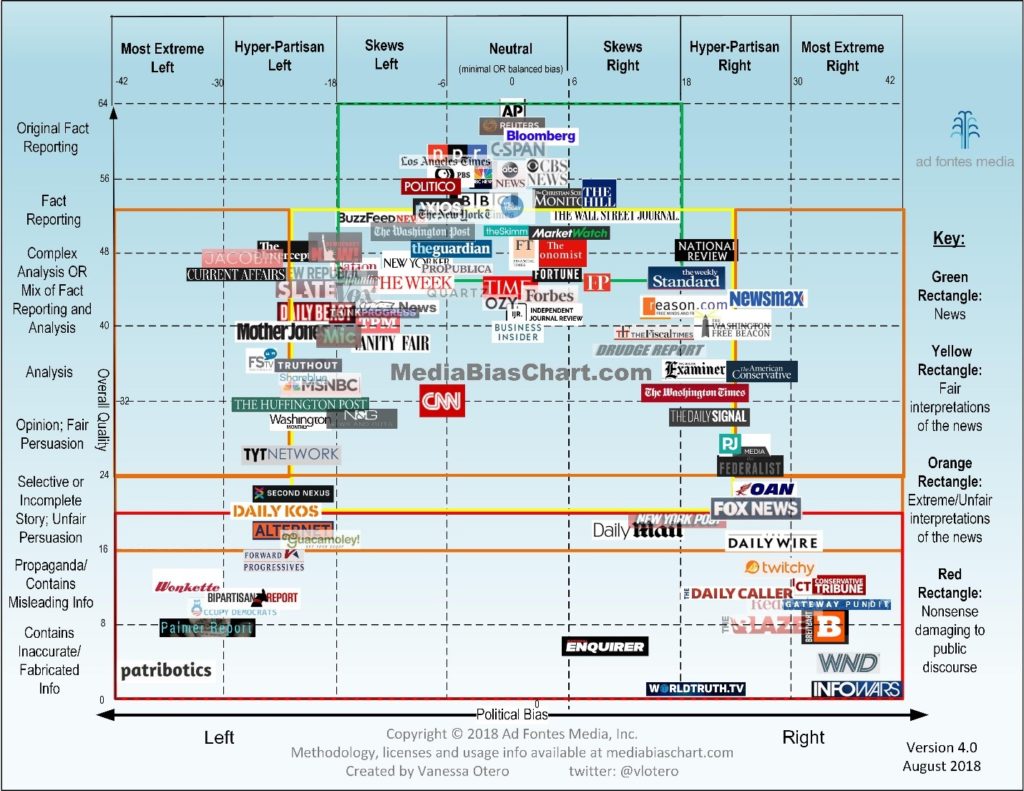In the recently published book, Educated, Tara Westover writes about her experience of how education exposed to her immensity of the world after having grown up in an isolated community with her family. As a child growing up in Idaho, she never saw a doctor and didn’t learn about the Holocaust or the civil rights movement until college. Our perception of the world is filtered by what (we think) we know. Besides formal education, our knowledge can come from observation, experience, friends, family, and media. Of those, media is what private individuals and organizations can control. The power to control what we think is the reason that Maggie Hughes, a graduate student at the MIT Media Lab, believes “media has an immense amount of power”.
That power has been twisted and abused worldwide, leading to the popularly used term fake news. Although still rampant, knowledge of its prevalence is spreading through stories about Russia, China, climate change, the alt-right, online advertisements, and much more. One way to defend against misinformation is to know who publishes it. An analysis from 2018 by ad fontes media plots news source by partisanship and factfulness. Although one may disagree on exactly what source is considered neutral, it shows that as partisanship increases, so does fabricated information.

Another way to blunt the effects of disinformation is to encourage self-reflection of biases. Maggie works in the Laboratory for Social Machines which has the mission to “conduct analyses and build tools that promote deeper learning and understanding in human networks”. This results in projects such as the Electome, which analyzed Twitter for the popularity of campaign issues during the 2016 election, and Social Mirror, an interactive visualization to help twitter users identify the political polarization of their network. A third way to fight fake news is to change how news is made. Maggie has been working on a project to enable communities to create their own news and take control of their portrayal in the media. She hopes that this will build empathy between social groups that might be suspicious of each other.
At the same time, she’s “skeptical about the desire to bridge or to bring people together [because] … what’s the halfway point between moral and immoral”. Maggie clarified that statement, “not to say everyone on the right is immoral”, which was reminiscent of Hilary Clinton’s comment describing Trump supporters as a “basket of deplorables”. The sentiment of finding the halfway point echoes the concept of journalistic objectivity. It’s important to show both sides of the story, but if one is clearly wrong, it doesn’t deserve equal credibility.
When thinking about the oft-discussed social divisions in the United States today, one question to ask is, what are we fundamentally divided on? Is it something irreconcilable like slavery was in the 19th century, which was one cause for the American Civil War? Or, is it a litany of issues including immigration, equal rights for women/minorities/LGBTQ, taxes, economic opportunity, and anti-establishmentism? Are our dividing issues something that we could discuss and work together towards an agreeable outcome? If not, what’s next?
